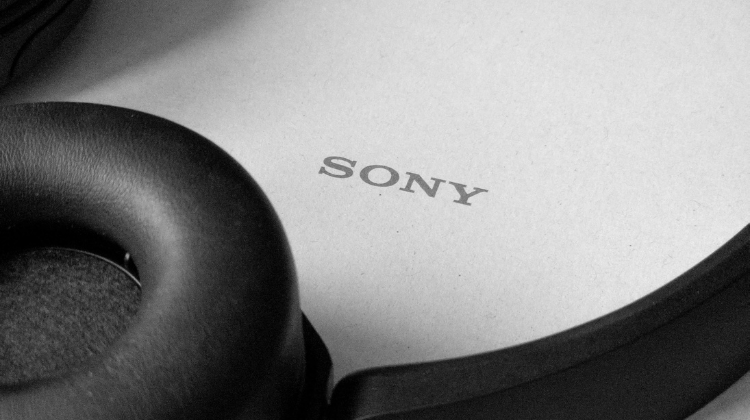Finding the right noise-cancelling headphones for air travel can be a challenge. With so many options available, it’s easy to feel overwhelmed. You want comfort, quality, and of course, affordability. In this blog post, we’ll explore some of the cheapest noise-cancelling headphones perfect for your next flight. We’ll highlight their features and help you make an informed choice. Get ready to enjoy a quieter journey! What is the Cheapest Noise Cancelling Headphones to Use on a Plane
When searching for budget-friendly noise-cancelling headphones, it’s essential to consider factors such as battery life, sound quality, and overall fit. Some models may offer impressive noise reduction capabilities without breaking the bank, while others might prioritize comfort for long-haul flights.
Additionally, features like built-in microphones for hands-free calls and compatibility with various devices can enhance your travel experience. We’ll review several top contenders that balance affordability with performance, ensuring you have the best options to enjoy your music or movies without the distraction of cabin noise.
What is noise cancellation?
Noise-cancelling headphones use both simple and advanced methods to block out sounds around you, letting you enjoy your music without distractions.
Bose created the first noise-cancelling headset for pilots over 30 years ago, and they are still known for this technology. We spoke with John Rule, a Senior Engineer at Bose, to explain how noise cancellation works.
“Most headphones and earbuds today use a mix of active and passive noise cancellation. Active noise cancellation uses smart electronics and microphones inside and outside the ear cups to detect surrounding sounds. It quickly measures and reacts to create a sound wave that cancels out the unwanted noise,” Rule explains.
Since noise is just a signal, ANC headphones can analyze the unwanted sounds and produce an opposite signal, which is added to your music. If done well, this cancels out the extra noise while keeping your music sounding normal.
John Rule from Bose points out that it’s not only the electronics that matter. He says, “Passive noise reduction also helps. When you wear headphones or earbuds, some noise gets physically blocked. The design, materials, fit, and shape of the ear tips all help create a comfortable seal against noise. Combining both active and passive noise cancellation helps remove sounds you don’t want, like airplane engines or loud vacuums, so you can enjoy your music or silence.”
Is it worth buying noise cancelling headphones?
It all comes down to how important noise-cancellation is for you. Most people want to hear their music or podcasts clearly without being disturbed by outside noises when using headphones.
While turning up the volume might help a bit, real noise-cancelling headphones do a better job of blocking out unwanted sounds without lowering the quality of what you’re listening to.
You’ll be amazed at how quickly you get used to noise-cancellation headphones and enjoy the quiet from the outside world.
What kind of speakers do noise cancelling headphones use?
Every pair of headphones here uses a speaker tech called ‘dynamic’ drivers to recreate sound, and this is by far the most common option for all headphones, earbuds and loudpseakers. It’s the classic cone-shaped design you might be familiar with from bigger speakers, but in these headphones the drivers tend to be between 30mm and 40mm in diameter.
To explain how these dynamic speakers work, and what it is that makes them so popular with manufacturers, we spoke to Andy Kerr, Director of Product Marketing and Communications at Bowers & Wilkins, which has been creating these types of drivers for headphones and speakers for over 60 years.
“Dynamic drivers use a magnet, a voice coil (typically made from winds of copper wire wound around a circular form), and a diaphragm/drive unit (a thin cone of material that makes the sound). The narrow end of the diaphragm’s cone is attached to the voice coil; the wide end of the diaphragm is held in place by a rubber surround, also called ‘suspension’. When electrical current is supplied to the voice coil,
it becomes electromagnetic. This creates a push-pull interaction between the coil and the magnet, which it is coiled around, causing the coil to move up and down over the magnet rapidly. Since the coil is attached to the bottom of the drive unit, its movement pushes the drive unit up and down in response, creating sound pressure waves that your ears and brain translate into sound,” explains Kerr.
“A single dynamic driver can be made very compact, is light, and is highly efficient in terms of battery life, which is of course hugely relevant in the age of wireless earbuds. Dynamic drivers are also very popular in headphone designs essentially because they give companies like Bowers & Wilkins a way to use our knowledge and experience from designing and manufacturing them
– for both loudspeakers and headphones – while customizing and continually improving the technology over time. For example, our approach to drive unit design combines stiffness in the material (for accuracy and fast response) plus good excursion (meaning how far the diaphragm is capable of moving, for deeper bass performance) that’s equally important for both earbuds and loudspeakers.”
For noise-cancelling over-ear headphones, dynamic drivers are effectively the only option for the speaker tech. While alternatives exist (‘planar magnetic’ and ‘electrostatic’ headphones drivers, for example, while ‘solid-state’ earbuds are also arriving), these are not used for ANC headphones, so dynamic driver tech powers everything in this list. What is the Cheapest Noise Cancelling Headphones to Use on a Plane

